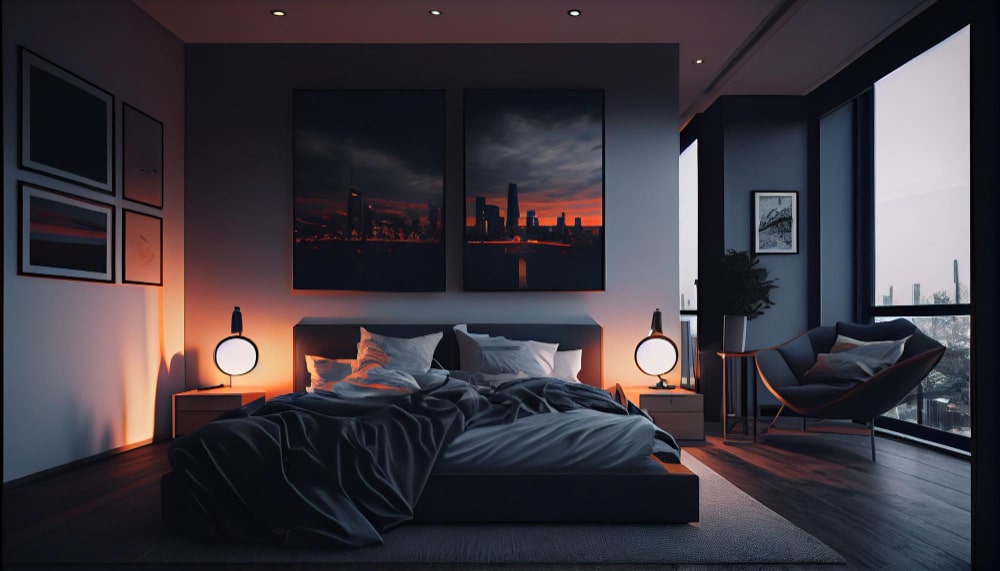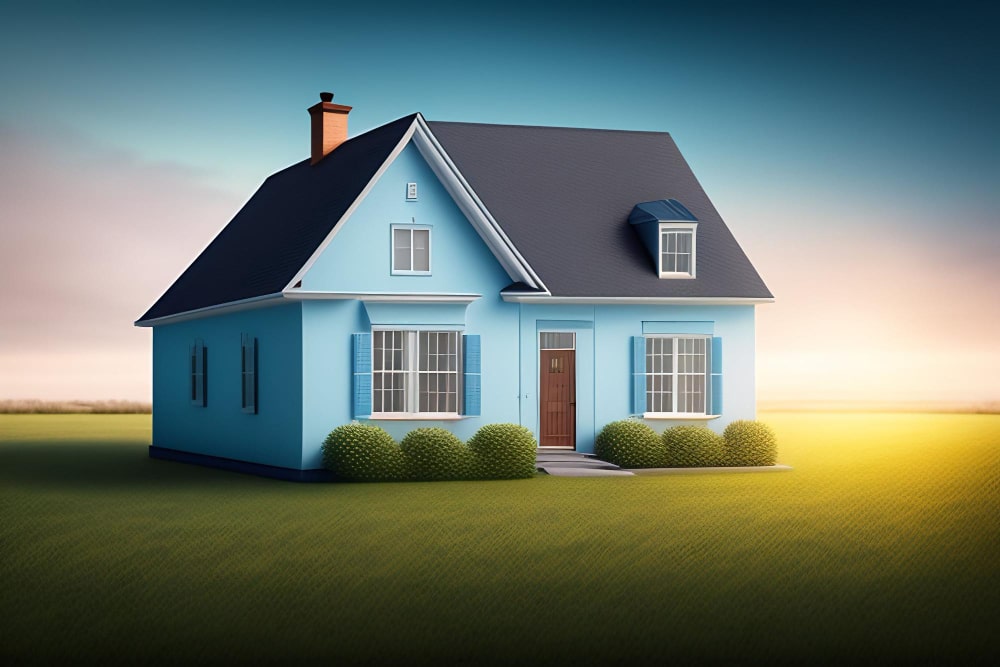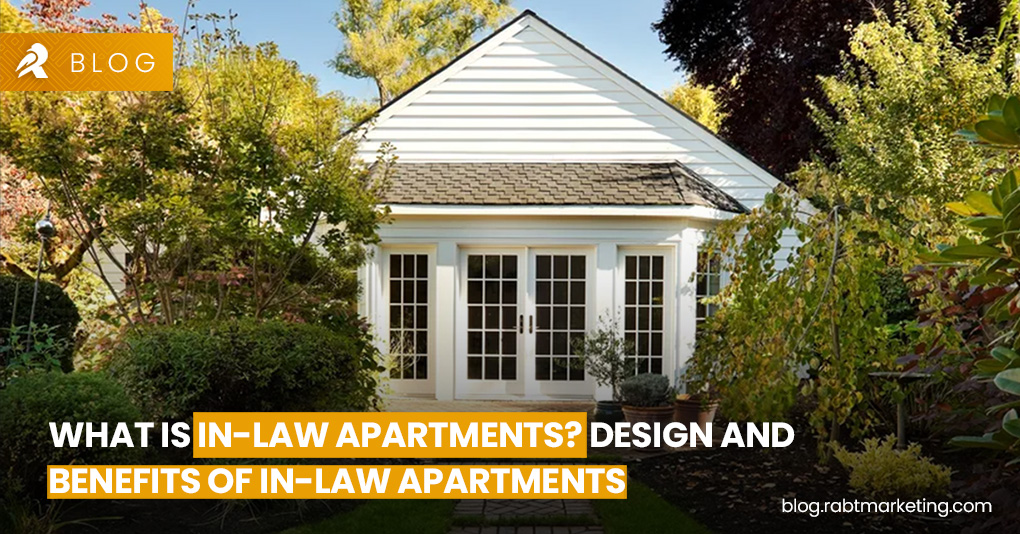In-law apartments, also known as accessory dwelling units (ADUs), granny flats, or mother-in-law suites, have become increasingly popular in recent years as a versatile housing solution. These self-contained living spaces are typically located on the same property as the main residence and are designed to accommodate a variety of needs. In this blog post, we will delve into the concept of in-law apartments, exploring their benefits, considerations, and the growing trend surrounding these versatile living spaces.
Definition
An in-law apartment is a secondary living space within or attached to a single-family home, designed to provide independent living quarters for additional family members or guests. The primary goal is to create a separate and self-sufficient space that allows for a level of autonomy while maintaining proximity to the main household. These spaces are often used to house aging parents, adult children, or guests, offering a practical and convenient solution for multi-generational living arrangements.
Difference Between In-Law Apartments and Regular Apartments

There is a small difference in law-apartments and regular apartments. While both in-law apartments and regular apartments can provide essential amenities, the regular apartments are usually distinguished by smaller size which could possibly lack some of the features found in larger, typical residential buildings. Some of these differences include a small kitchen, a smaller bathroom and lack of living room or balcony.
Benefits of In-Law Apartments

Multigenerational Living
One of the primary benefits of in-law apartments is the ability to facilitate multigenerational living. This arrangement allows families to stay connected while providing each member with their own private space. It allows the old members of families to live life and enjoy
Additional Living Space
In-law apartments can significantly increase the overall value of a property. The additional living space and versatility they offer make a property more attractive to potential buyers.
Rental Income Potential
Rental Income can be the great source of income if you own a in-law apartment.This additional source of income can help offset mortgage costs and other expenses. It can also provide financial security in retirement. Additionally, an in-law apartment can provide an extra layer of security for elderly family members.
Flexible Use
In-law apartments can be used for a variety of purposes, including a home office, studio, or guest room. Flexibility enhances the property’s value and functionality.
Basic Design of In-Law Apartments

Bedroom
A comfortable bathroom is an essential feature of an in-law apartment, equipped with adequate storage, a full-size bed, and aesthetically pleasing elements like rugs, bedding, and lighting.
Separate Entrance
Provision of a separate entrance is one of the most unique feature on in-law apartments. It is provided to ensure privacy for both tenants and main house residents. The separate entrance also allows the in-law tenant to access the property without having to enter the main house. A private patio or balcony is also desirable, to provide an extra outdoor space.
Bathroom
Inside the Bedrom,bathroom must be located, including essential facilities such as a bathtub, shower, sink, and toilet seat. Tasteful features like taps, tiles, and mirrors enhance the overall appearance of bathroom.
Kitchen
In-law apartments oftenly also features a well designed kitchen with a range of essential equipments and appliances. These include pull-out shelves, a sink, cabinets, and cooking appliances, catering to the needs of tenants and older family members.
Considerations When Planning an In-Law Apartment
Zoning and Building Regulations
The primary step of planning of such an apartment is to research and understand local zoning laws and building regulations. Some areas have specific requirements regarding the size, features, and use of such units.
Permitting Process
Obtaining the necessary permits for building an in-law apartment is essential. You have to contact with the local authorities and get approval from them, ensuring the compliance with safety standards.
Design and Accessibility
Careful consideration should be given to the design of the in-law apartment, ensuring it is accessible and functional for all occupants. Features such as ramps, wider doorways, and non-slip surfaces may be necessary, especially for elderly residents.
Utilities and Infrastructure
Adequate provision for utilities such as water, electricity, and sewage must be considered. The existing infrastructure of the main house should be able to support the additional load.
Read More:- What is Co-living in Apartment, Its Types and Benefits
Read More:- What is a Studio Apartment and What are their Types and Benefits
FAQ’s
Q. What is an In-Law Apartment?
Ans. An in-law apartment is a residential unit adjacent to or part of a house, designed for use by an older relative.
Q. How is an in-law apartment different from a regular apartment?
Ans. In-law apartments are similar to regular apartments but are generally smaller in size.
Q. What are the benefits of living in an in-law apartment?
Ans. Benefits include additional living space, proximity to family members, and potential rental income.
Q. Are in-law apartments legal?
Ans. Legality varies by location; understanding zoning laws is very important when planning construction.
Q. What is the layout of a mother-in-law apartment?
Ans. The basic layout comprises a bathroom, bedroom, and kitchen.
Q. Can in-law apartments be rented?
Ans. Yes, in-law apartments can be rented, subject to local regulations.
Q. Does building an in-law apartment need a permit?
Ans. In most areas, obtaining a permit from zoning offices and the community is necessary for building an in-law apartment.
Conclusion
In-law apartments represent a practical and innovative solution to the changing dynamics of modern family life. These living spaces can be used for aging parents, adult children or from the income generated through rentals and they offer a variety of benefits. But careful planning, compliance with regulations and appropriate design all are the considerable factors if you are planning to construct an in-apartment.As the demand for versatile living arrangements continues to grow, in-law apartments can be a viable option for life.

